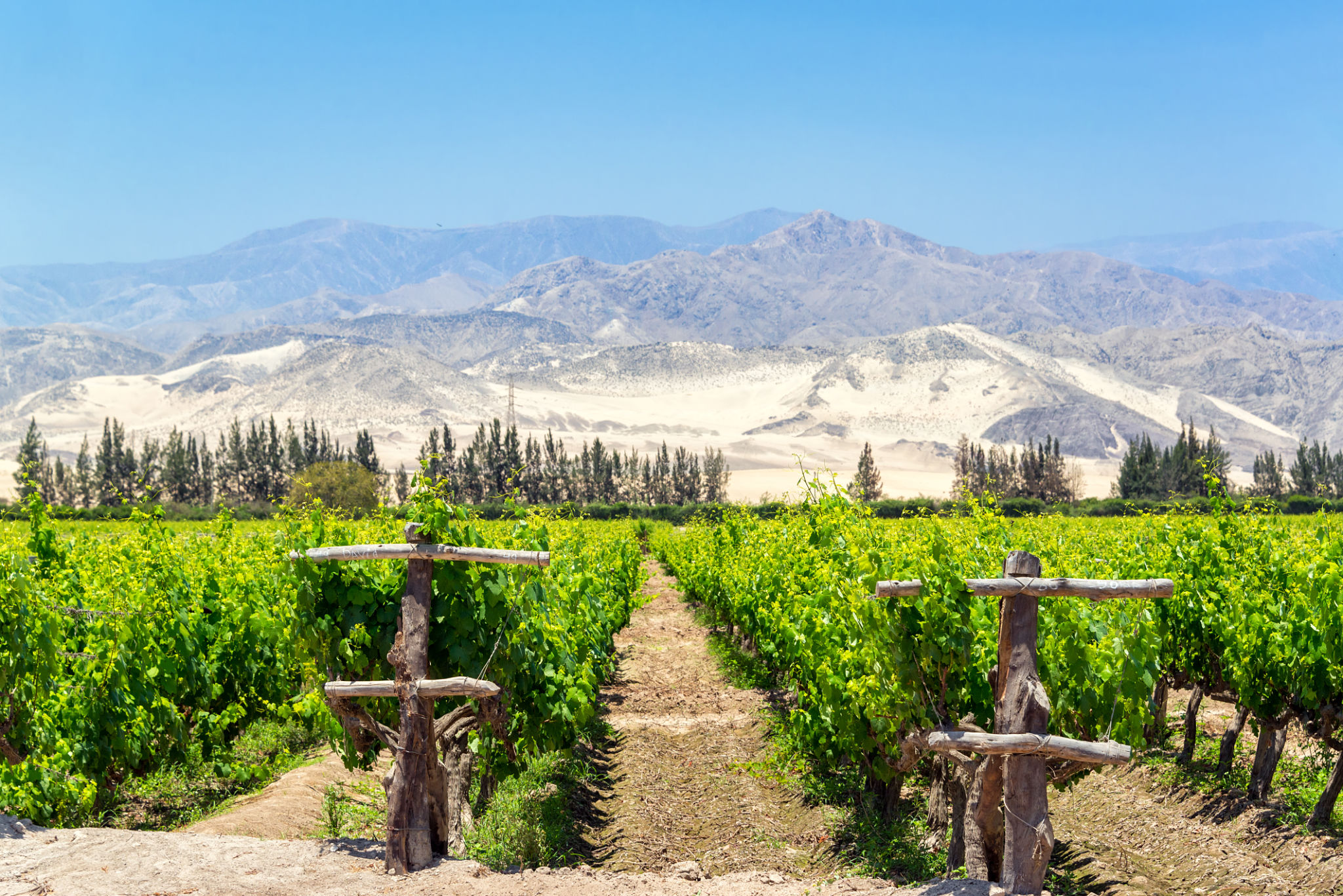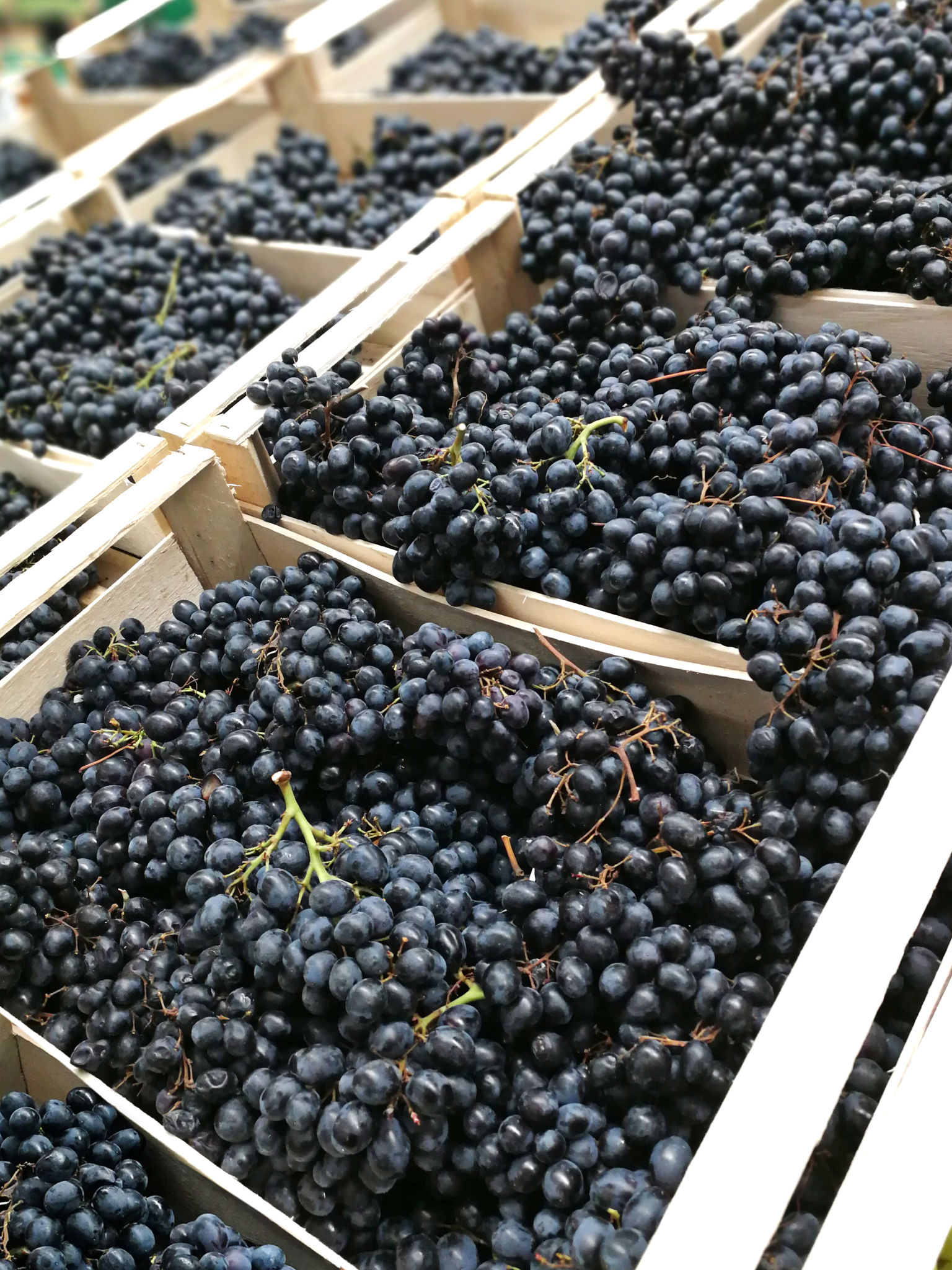Seasonal Guide: When to Export Grapes from Peru
Introduction to Peruvian Grape Exports
Peru has emerged as a significant player in the global grape export market, thanks to its diverse climate and strategic geographic location. For businesses looking to capitalize on this growing industry, understanding the optimal time to export grapes from Peru is crucial. In this guide, we will explore the seasonal dynamics that affect grape exports and provide insights to help you make informed decisions.

The Peruvian Grape Season
The grape season in Peru typically runs from November to April. During this time, the country experiences two main harvesting periods: the early season and the late season. The early season, from November to January, offers a variety of grapes including Red Globe, Sugraone, and Flame Seedless. The late season extends from February to April, with grapes such as Crimson Seedless and Thompson Seedless taking center stage.
Understanding the timing of these seasons is essential for planning export strategies. Exporters need to consider the variety of grapes they wish to focus on and align their logistics accordingly. This ensures that they can meet the demand in international markets while maintaining the freshness and quality of their produce.
Market Demand Considerations
Global demand for grapes varies throughout the year, influenced by factors such as holidays and regional consumption patterns. For instance, demand in North America and Europe peaks around the winter holidays, making the early Peruvian grape season particularly attractive for exporters targeting these regions. On the other hand, different markets may have unique preferences, so understanding these nuances can provide a competitive edge.

Logistical Challenges and Solutions
Exporting grapes from Peru involves several logistical considerations. Shipping routes, transportation costs, and storage conditions can all impact the profitability of grape exports. It's essential to work with experienced logistics partners who understand the specific requirements of transporting fresh produce.
Investing in cold chain technology can significantly enhance the shelf life of grapes, ensuring they reach their destination in optimal condition. Additionally, staying informed about any changes in international trade regulations is vital to avoid disruptions in export activities.
Leveraging Trade Agreements
Peru benefits from numerous trade agreements that facilitate easier access to international markets. These agreements often reduce tariffs and simplify customs procedures, making Peruvian grapes more competitive on the global stage. Exporters should familiarize themselves with these agreements and leverage them to maximize their reach and profitability.

Conclusion: Planning for Success
Successfully exporting grapes from Peru requires a strategic approach that considers seasonal timing, market demand, logistical challenges, and trade agreements. By understanding these factors, exporters can position themselves to capitalize on Peru's rich grape harvests and deliver high-quality produce to markets around the world.
As the global appetite for fresh fruits continues to grow, Peru remains well-positioned as a key supplier of grapes. By planning ahead and adapting to market trends, businesses can ensure they make the most of this opportunity year after year.
